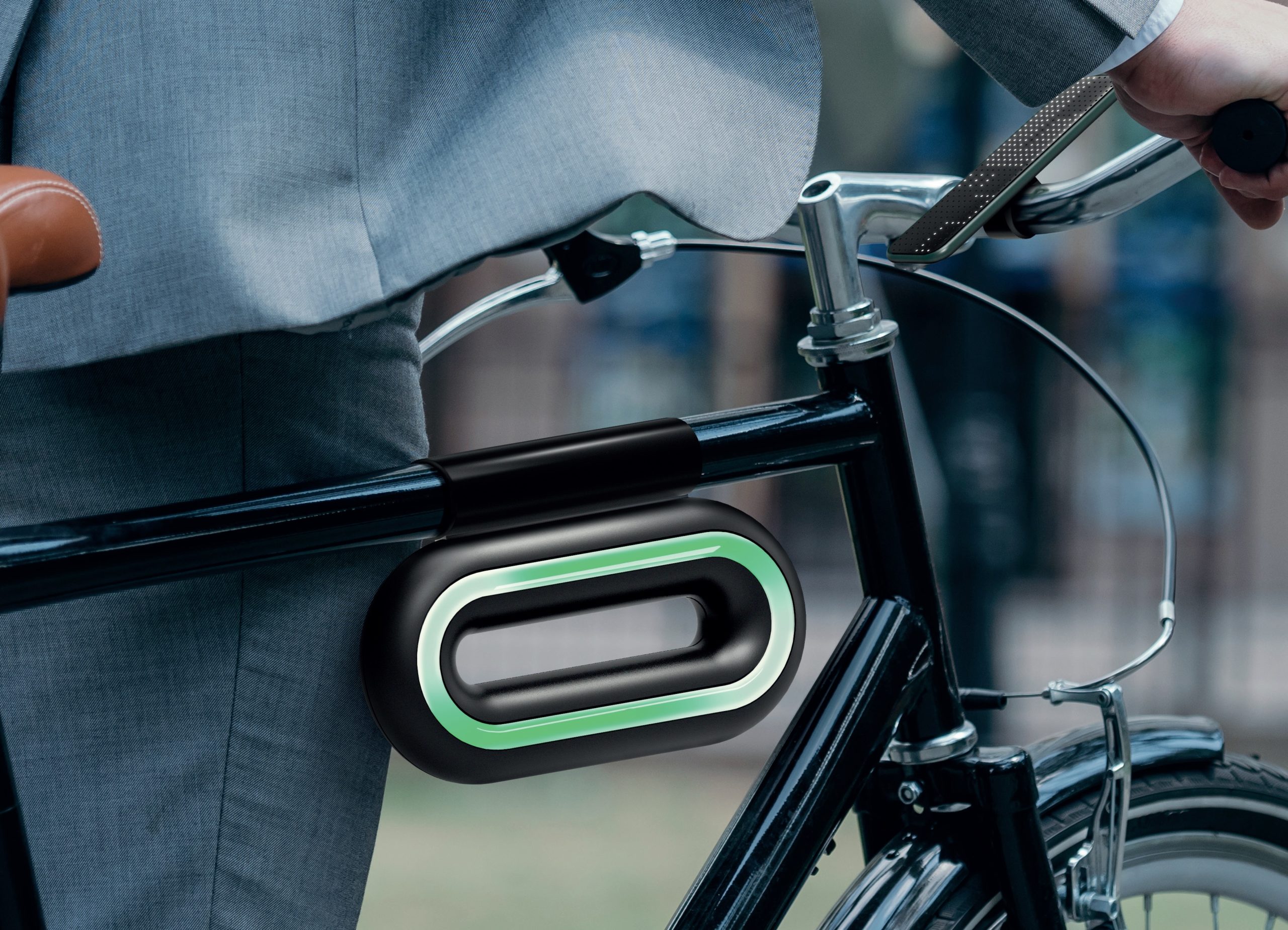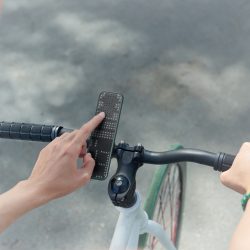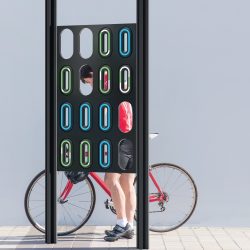Boost
Description
An exchangeable bicycle battery that can be freely exchanged for a fully charged one at specially designed exchange stations. This requires an infrastructure and a subscription service through which the user receives endless access to energy with a monthly payment.What is the Topic?
The starting point was mobility in rural areas. In contrast to urban areas, there are other advantages and disadvantages to be found there. There is more space available, but the paths are complicated and the frequencies of public transport are very low. However, the idea of a better combination of public transport and flexible individual means of transport arose in closer examination. In order to make it possible for bicycles to be used more in rural areas and combined, for example with express buses, a number of design adjustments are required. An exchangeable bicycle battery is one of them.
Why does it look like this?
The shape is derived from the 0. Thus the battery symbolizes continuity and usability. Lighting elements on the sides communicate the status and the opening in the middle enables optimal gripping. The station is a flat module, which allows it to be arranged in multiple rows and functions aesthetically in public spaces even without batteries. In addition to the battery, an interface for the handlebars allows interaction with the battery while driving, such as selecting modes, speedometer or linking to smartphones. It consists of a perforated grid with touch function, whereby digitality is achieved without a smartphone on the handlebars.
What is special?
By distributing publicly accessible batteries, the energy can be used more extensively. A saved car trip alone generates an enormous surplus of energy, which even with wasteful use with a bicycle can not come close to being achieved. This results in an energy wealth that can be savoured with a clear conscience. All this works through monthly payments, which avoid the high acquisition costs and long loading times. In addition, the concept puts people back in the foreground and makes free multimodality possible, since it can be decided, depending on the situation, whether the forthcoming journey is to be covered only by bicycle, for example, or also in combination with bus or train. Last but not least, every bike can be converted into an e-bike. All you need is a hub motor, an anchor point for the battery and the right wiring.
What is new?
To make the energy openly accessible and thus to give people a simple basis for the decision to switch to a healthier and ecological alternative in many situations. In addition, the combination of small individual means of transport, such as the bicycle, with mass means of transport, such as a fast bus, can lead to extremely increased efficiency. One of the main aspects of this work was to identify further possibilities and to sound out the perspective.




